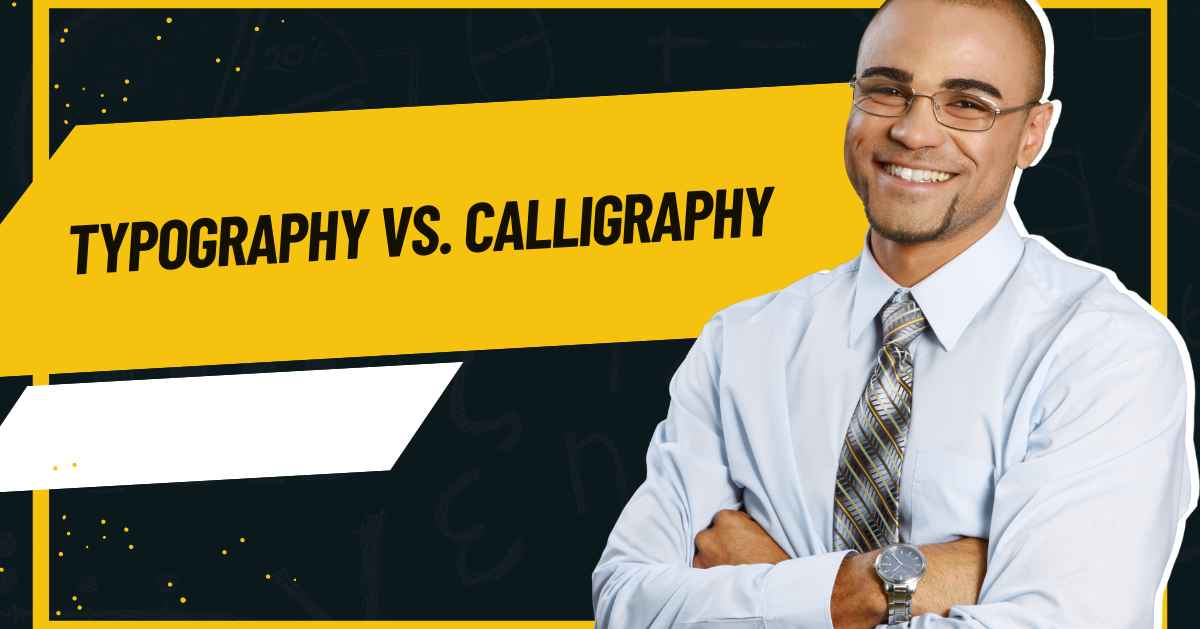What is Typesetting: A Complete Guide to its Uses, Definition, and Importance

Typesetting Importance is a term many have heard but few understand. This article will explain what typesetting is and share new insights for those who know it. We will cover the basics and show you how to professionally typeset a book. Keep reading for exciting information.
What is Typesetting?
Typesetting is the process of arranging text on a page to provide a great reading experience. It involves choosing the font size and type and determining the spacing between words and letters. This process also includes setting the page’s trim size, margins, and overall layout.
Historically, typesetting was done manually during the letterpress era, where workers created and assembled movable types by hand. Today, digital tools are used for typesetting, making the process more efficient.
Typesetting is crucial in publishing as it ensures the final product is easy to read and meets the standards of the publication. A well-typeset article or book can enhance the credibility of the author and the publication.
Modern typesetting is typically done using specialized software such as LaTeX, Arbortext Advanced Print Publisher, or Adobe InDesign. These programs allow for precise control over the text layout and design, handling complex elements like mathematical equations and special characters often found in scientific and academic writing.
The global print-on-demand market, valued at USD 5,397 million in 2022, is projected to reach USD 39,035 million by 2031. This growth is driven by the increasing demand for quality prints and customized products, along with the availability of cost-effective and user-friendly typesetting software.
The Power of Typesetting
Typesetting affects how people see and interact with written content. Good typesetting makes text easier to read, more interesting, and more convincing. It can also set a mood or feeling.
For example, a newspaper headline in big, bold letters gets more attention than one in small, light letters. A book cover with a classic, fancy font looks different from one with a trendy, modern font. Fonts change how people feel about the text.
Big, bold letters feel strong. Small, light letters feel delicate and fancy. Classic fonts feel timeless and traditional. Modern fonts feel youthful and new.
Types of Typesetting
There are different types of typesetting, each with its features and uses. Here are some common types:
Manual Typesetting
- The oldest method
- Involves setting each letter and word by hand
- Time-consuming but produces high-quality results
Photo Typesetting
- Uses photographic techniques to create type
- Developed in the mid-20th century
- Replaced hot metal typesetting as the most common method
Hot Metal Typesetting
- Uses molten lead to create letters and words
- Common from the late 19th century to the mid-20th century
Digital Typesetting
- Uses computers to create and arrange type
- The most common method today
- Offers many features and capabilities not possible with older methods
Other specialized typesetting methods include:
- Web Typesetting
- E-book Typesetting
- Motion Graphics Typesetting
[Read More: Advantages and Disadvantages of Mobile Technology]
Typesetting: Explore Fonts, Spacing, and Page Margins
Typesetting involves several key factors, such as the book’s length, subject, and print format. Typesetters must consider these when making choices about:
- Trim Size: The size of the book (e.g., 5″ x 8″ or 6″ x 9″)
- Margins: The amount of white space around the text (larger margins for thicker books)
- Font Size and Type: The font family, type, and size for body text and other elements (e.g., Garamond Normal, 12-pt)
Making the right choices is crucial since every part of the page works together to communicate with the reader. Typesetting focuses on text format and page layout. Here are some common tasks typesetters do:
- Kerning: Adjusting the space between characters
- Word Spacing: Adjusting the space between words
- Word Stacks: Avoiding starting or ending successive lines with the same word
- Drop Caps: Stylizing the first letter of a chapter’s first paragraph
- Book Blocks: Ensuring text blocks on facing pages end on the same row
- Inserting Tables, Graphs, and Images: Making sure text wraps properly and that all text is the same size and colour, with clear images
Good typesetting makes text look and read better, even though readers may not notice the effort behind it. Here are some examples of typesetting:
- A book cover
- A newspaper article
- A website with clear headings, subheadings, and well-spaced text and images
- A business card with clear and concise information
- A brochure with an easy-to-read layout
The Importance of Typesetting
Typesetting is crucial in any design project as it’s the final touch that makes text visually appealing and easy to read. Without it, a design project would feel unfinished. Typesetting ensures that documents look polished and are easy to understand. In publishing, it plays a key role in enhancing the quality of written content. In today’s digital era, typesetting is especially important due to the abundance of online information. Designers need to create content that’s not only informative but also easy on the eyes. Here are three reasons why typesetting matters:
1. Improves Readability: Well-typeset text is easier for readers to understand. It’s arranged in a way that allows eyes to scan quickly and efficiently, using clear fonts, appropriate spacing between lines, and enough blank space around text.
2. Creates a Professional Appearance: A well-typeset document makes a positive impression on readers. It demonstrates that the author or publisher has taken care to produce a high-quality
product that’s visually appealing and easy to navigate.
3. Can Boost Sales: Studies indicate that books with good typesetting are more likely to be purchased than those with poor typesetting. Professional and visually appealing design attracts potential readers who are more likely to choose a book that looks well-crafted and easy to read.
Conclusion
Typesetting is vital in enhancing readability and professionalism in design and publishing. It ensures content is visually appealing and easy to navigate, influencing reader engagement and satisfaction. Emphasizing clarity and aesthetics, typesetting remains indispensable for effective communication in today’s digital landscape.
FAQs
Typesetting improves readability, enhances professionalism, and can boost reader engagement.
Typesetting in newspapers involves arranging text, headlines, and images to create visually appealing pages that are easy to read.
Typesetting is used to format text and design layouts for books, articles, websites, and other printed or digital materials.
Typesetting aims to make text readable and visually attractive by adjusting fonts, spacing, and layout.
Kerning (adjusting character spacing), leading (adjusting line spacing), and justification (aligning text evenly on both sides) are crucial typesetting processes.






